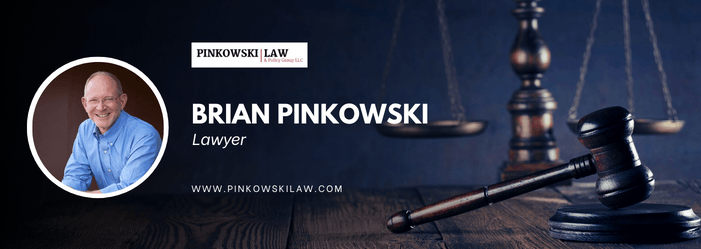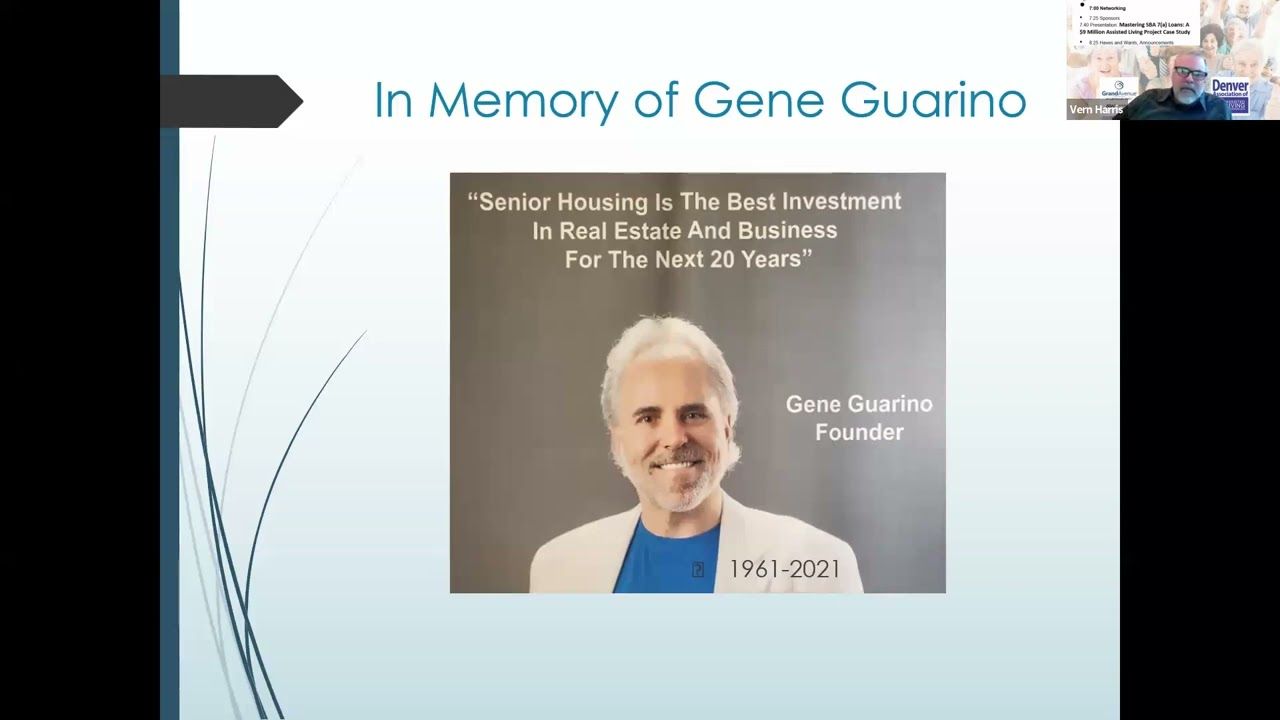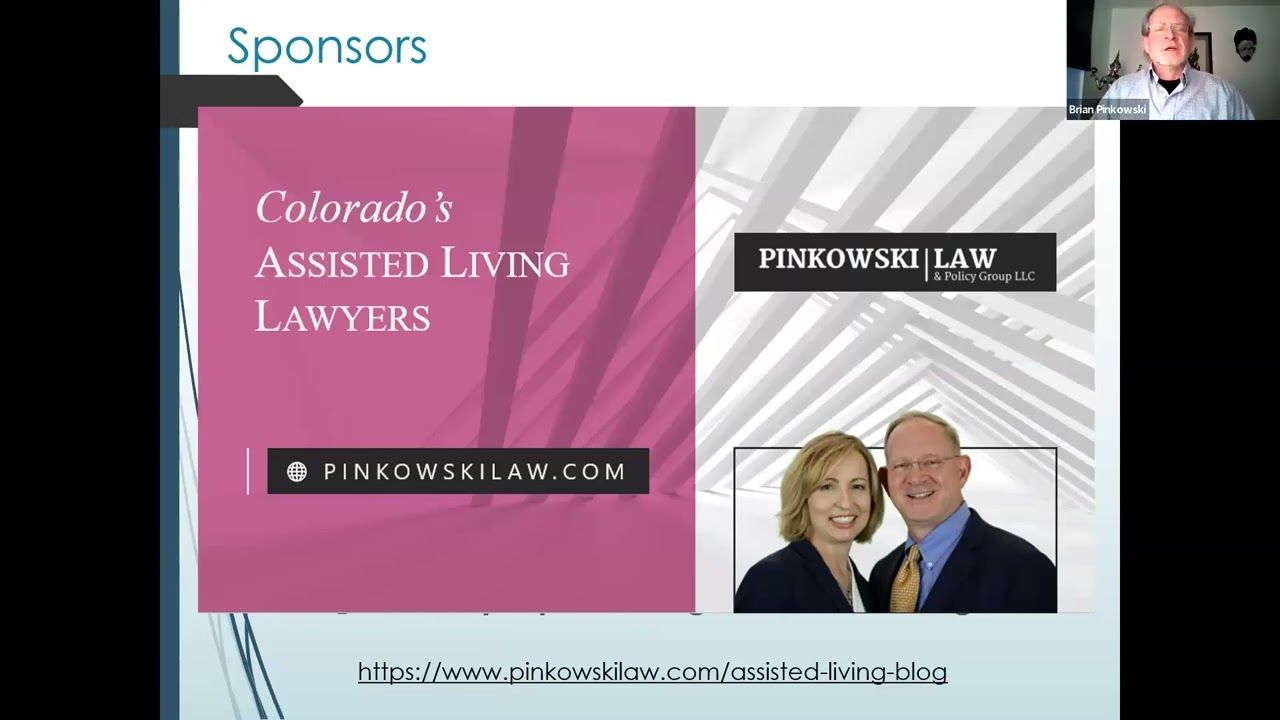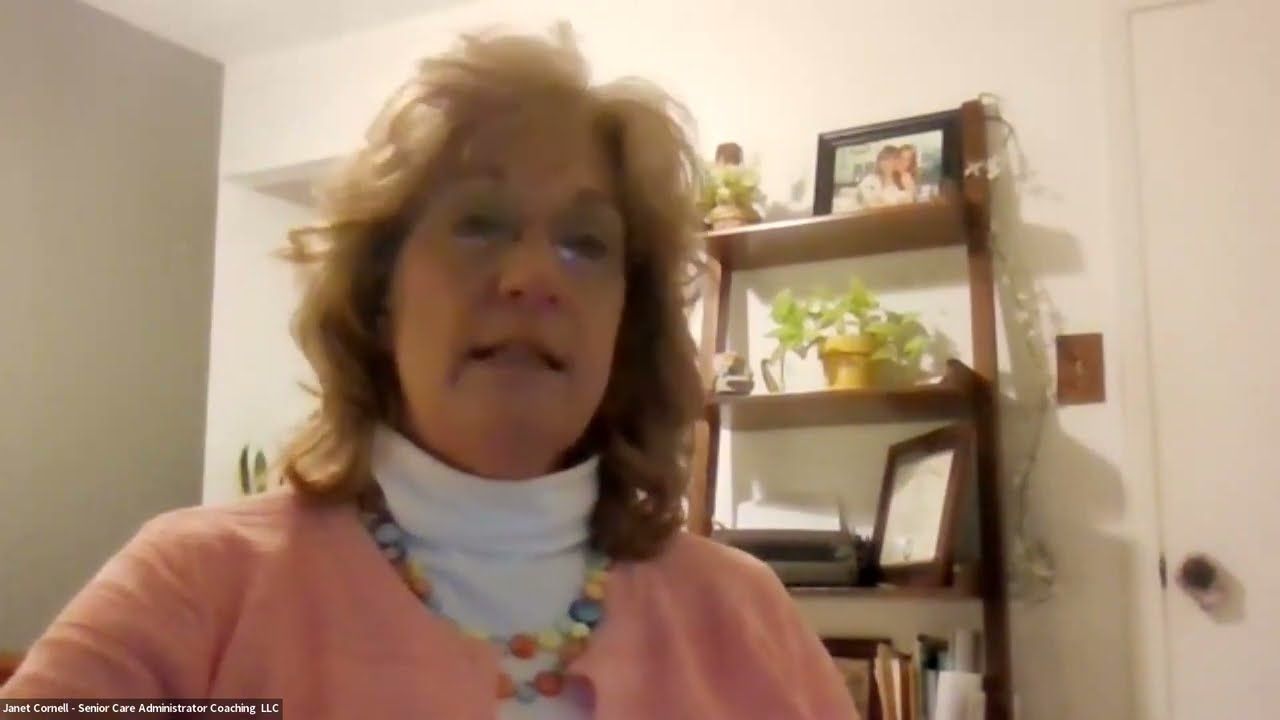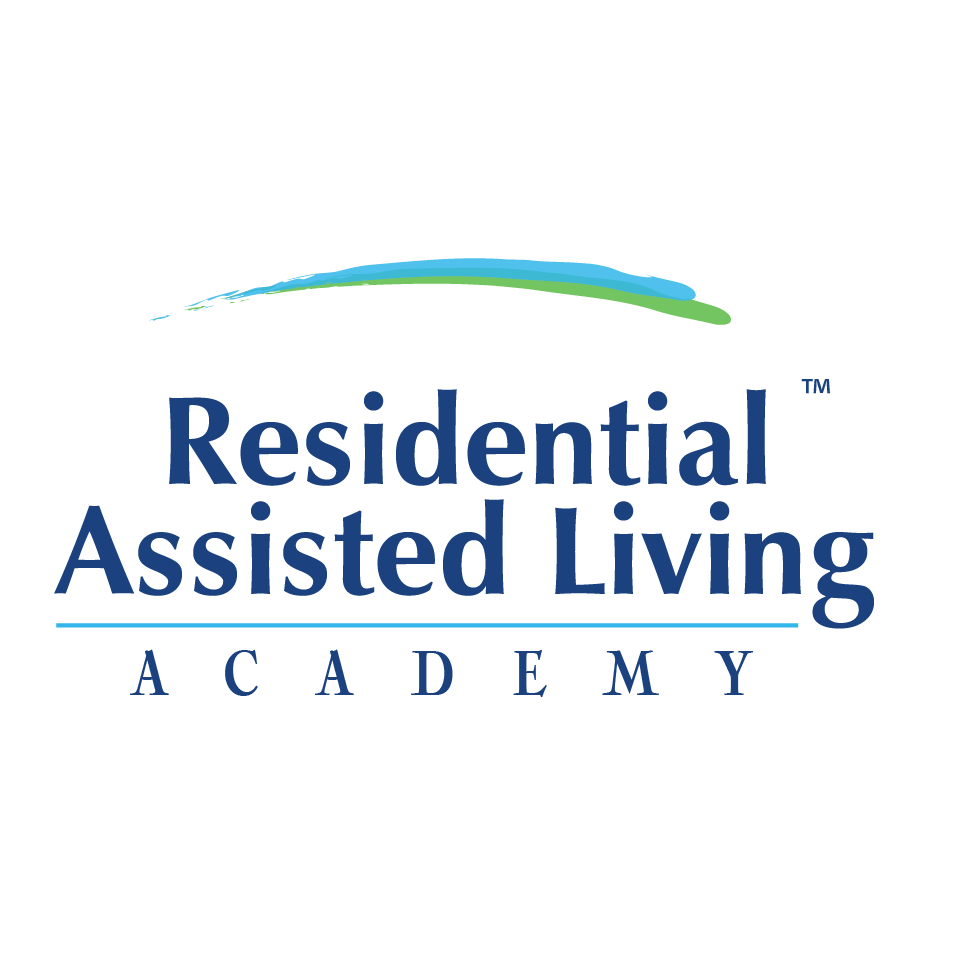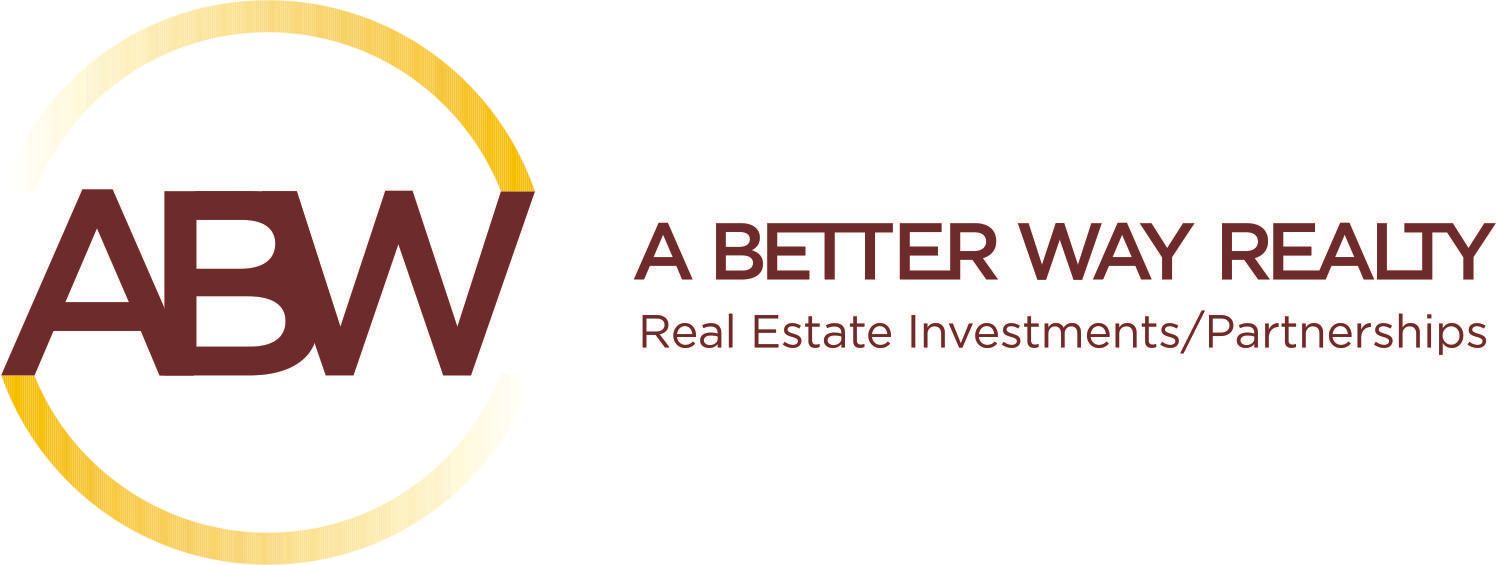Social Housing
4 Types of Social Housing and the Protections they Offer
There are four growing real estate investment classes that contribute to social betterment. Residential Assisted Living, Group Homes, Recovery Housing, and Transition Housing. Each of these housing classes is critically important for society at large and is in demand for rapidly growing populations.
Residential Assisted Living
Residential assisted living (“RAL”) is a residential property providing a home and care to between 6 to 19 residents that need assistance with the activities of daily living. The activities of daily living (“ADLs”) of primary interests are eating, dressing, showering, toileting, and mobility. When a person needs assistance with these ADLs they are considered disabled. Residential assisted living is commonly provided for residents 80 years of age and higher, that need assistance with two or more ADLs or who need assistance because of declining cognitive functions.
RALs are known by various names across the U.S, such as assisted living residences (“ALRs”), assisted living facilities (“ALFs”), residential care homes, personal care homes, and other similar names. However, they all provide a place to live, and some level of non-medical care and assistance for the residents. In contrast to multifamily real estate investments, or renting a single-family residence to one family, a properly run RAL can make between $2,000 - $10,000 in gross profit per month, depending upon the quality of care provided and other factors, while providing an important care choice for people that want higher caregiver/resident ratios and a home environment that is much more familiar than that provided by one of the large institutional facilities. There are often as many as 6 staff necessary to provide care 24/7 for 10-15 residents.
More than 10,000 people are turning 65 each day, and this is a rapidly growing demand.
However, residential assisted living is merely one form of group home that is in high demand in the U.S. There are group homes for victims of domestic violence, children with special needs, and other identifiable communities such as those described below.
Recovery Housing
Recovery Housing is housing provided for individuals recovering from drug and/or alcohol addiction. According to the Partnership to End Addiction, “Drug use is on the rise in this country and 23.5 million Americans are addicted to alcohol and drugs. That’s approximately one in every 10 Americans over the age of 12.” Only 11 percent of these receive addiction treatment. However, those recovering from addiction often need a safe place to live that provides a buffer from the triggers that may have contributed to their addiction. There are only approximately 2,500 recovery houses in the U.S. to meet the needs of this growing population. Typical rates for recovery houses are approximately $700 per bed. Staffing demands are often met by one of the residents who will serve as a house manager.
Transition Housing
Transition Housing is housing provided to people returning from the correction system during the 3-12 months needed to establish stable income and credit needed for a typical apartment, or purchase a residential home. Modernly known as Returning Citizens, these people often struggle to find transition housing because of background checks imposed by some landlords, rental prices, and other barriers to re-entry into society. According to the Department of Health and Human Services, more than 600,000 individuals are released from state and federal prisons each year. Another 9 million cycle through local jails. More than two-thirds of prisoners are rearrested within 3 years of their release and half are reincarcerated. Failure to become housed is seen as a significant contributor to homelessness leading to reincarceration. Thus, transition housing reduces homelessness, reduces crime and reincarceration, and helps reduce the labor shortage.
Transition housing is typically offered in single-family homes with rates ranging from $600 per bed to $1,000 per bed and requires very little supervision.
What Protections are Offered in the Law?
As with any investment, each of these forms of social betterment investment requires due diligence and awareness of the legal environment. Knowledge of the legal environment that protects the investor from potential interference from an HOA or the occasional neighbor, is an essential part of due diligence. The Federal Fair Housing Act Amendment is one of the most powerful laws protecting the right of residents with disability to live where they want. And it is important to understand that although you are operating a business with the property, the use of the property is widely seen as “residential” by the courts, and not commercial.
If you choose to invest in one of these social betterment classes of real estate, particularly if your residents have disabilities, the FHA may be a powerful tool for you and your residents.
Look for more articles on topics of interest to assisted living owners and operators. The information herein is intended to be educational and an introduction to the subject matter presented. It is NOT specific legal advice to be relied upon for specific individual circumstances. Contact your own legal professional or reach out to our firm if you would like specific advice on this topic. We welcome topic suggestions! Write to
brian@pinkowskilaw.com
to recommend a particular subject for us to explore.
Want more information?
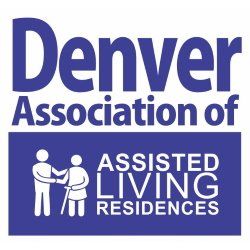
Denver Association of Assisted Living Residences Privacy and Terms
